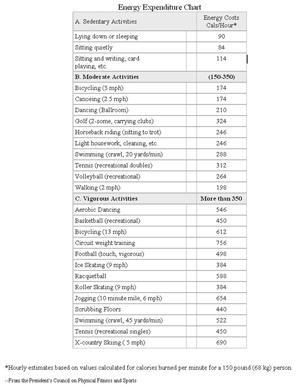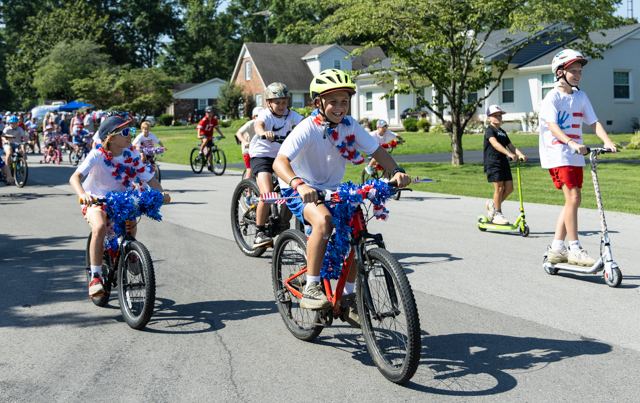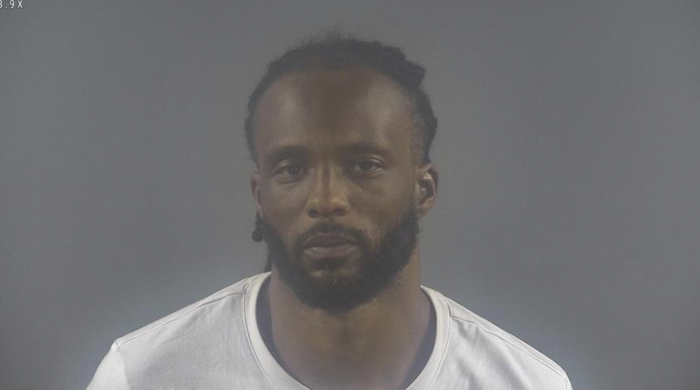Get Fit Tip: Exercise for Older Adults
Published 12:00 am Monday, March 28, 2011

- Get Fit Tip: Exercise for Older Adults
“A man’s health can be judged by which he takes two at a time – pills or stairs”. ~Joan Welsh
Physical activity is vital to human existence and when we cease to move, we diminish our ability to live our life. The health of any individual lies on the balance and quality of sound physical, social, and mental well-being. As Americans we spend more on healthcare than most countries yet as a nation our health is poorly ranked. We now have the ability to easily obtain food and therefore have to work less to prevent hunger.
Muscle mass deteriorates as we age so naturally over time we lose strength, balance and agility. The difference between exercising and being physically active when you are 40-60 years of age could have a direct impact how much strength you have to care for yourself when your +65 years old. The downside to not having enough strength for independent living is the family spending up to $3500 a month to give you assisted living.
Setting long-term goals to reduce medication costs, achieve overall health and delaying the onset of disability are all major benefits for older adults who participate in structured exercise programs where the desired result may be for health concerns versus just to lose weight. You don’t have to be training for a marathon to be considered physically active and get in shape, in fact the US Surgeon General recommends a minimum of 20 minutes physical activity most days of the week to stave of cardiovascular disease.
Daily living chores like house cleaning, walking the dog, outside yard work and going to the grocery are all considered physical activities that require adequate heart, lung, upper and lower body functions to perform. People who suffer from joint pain and obesity may not have the stamina for such activities.
When looking for activities or exercise programs to join always keep socialization a top priority, because you will participate more if you’re having fun too. Find activities that don’t add extra joint pain and discomfort but encompass the adequate aerobic intensity, flexibility strength, and balance exercises that help minimize falls while incorporating preventive and therapeutic approaches to achieve results.
About the author: David has made physical fitness and healthy living a lifelong quest. He is the owner of a local fitness studio in Bowling Green. He holds a M.S. in Excercise Science from WKU and is certified by the American College of Sports Medicine.






